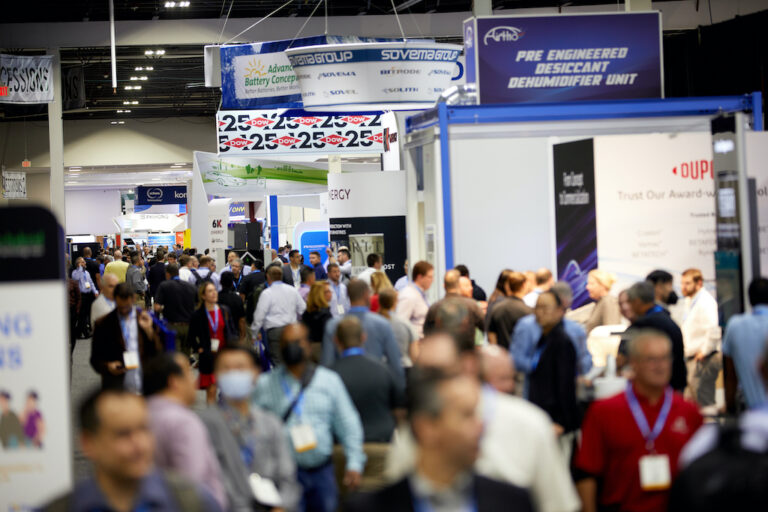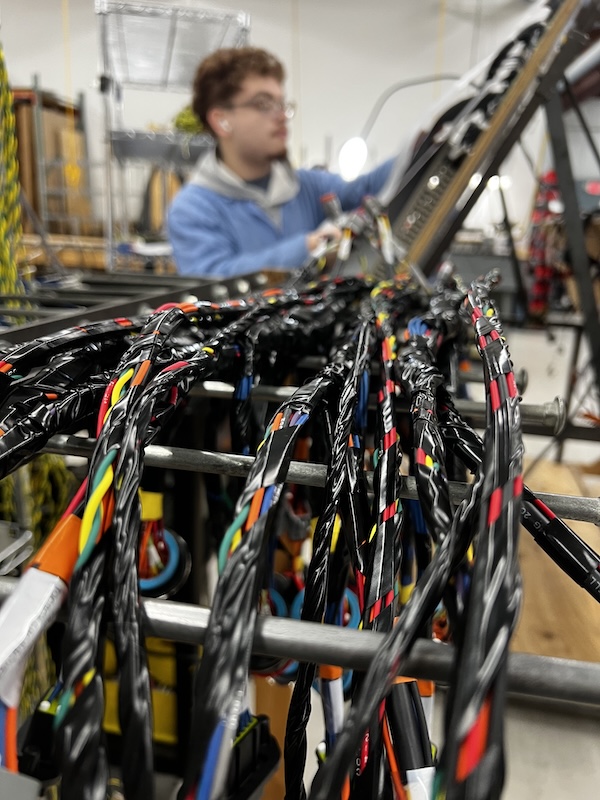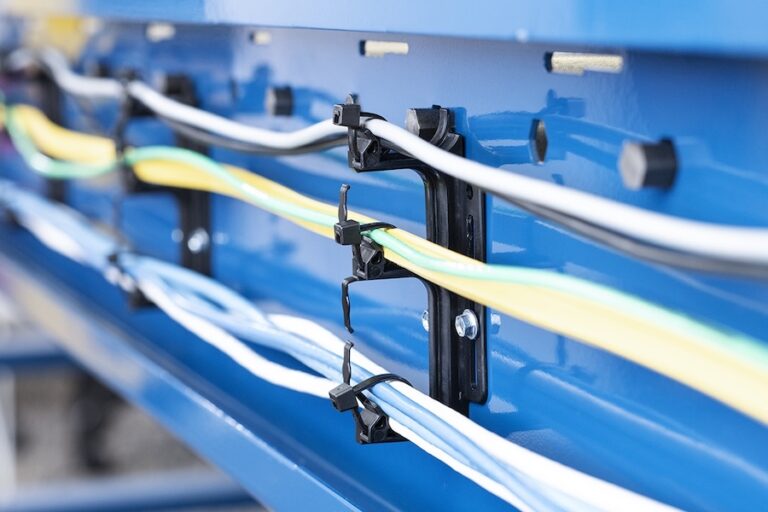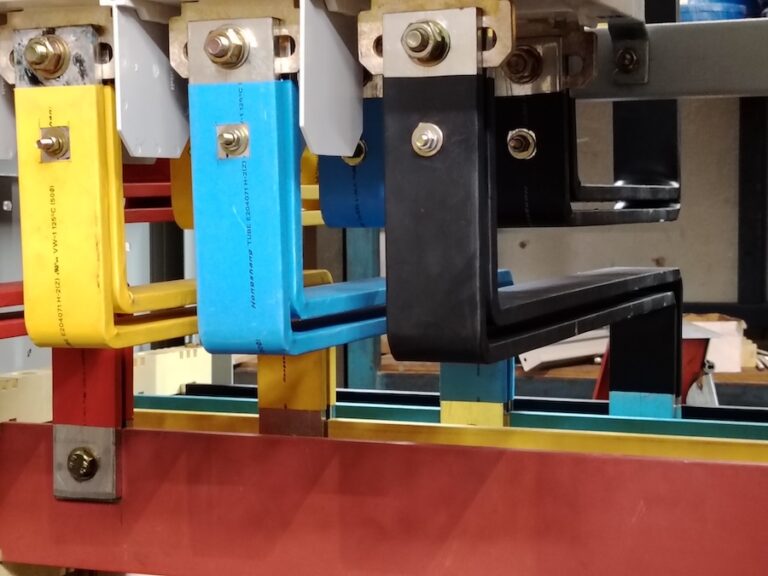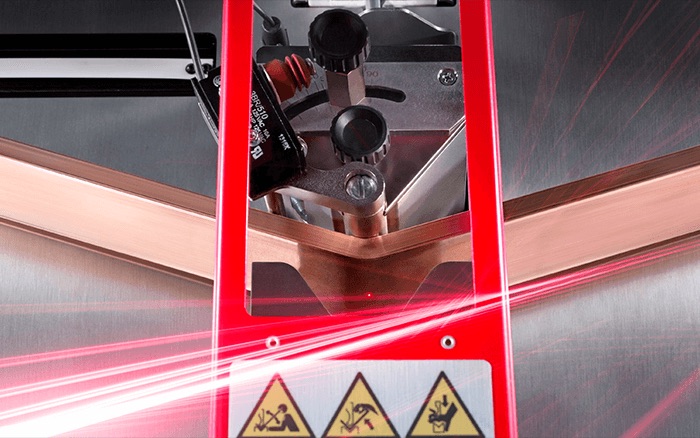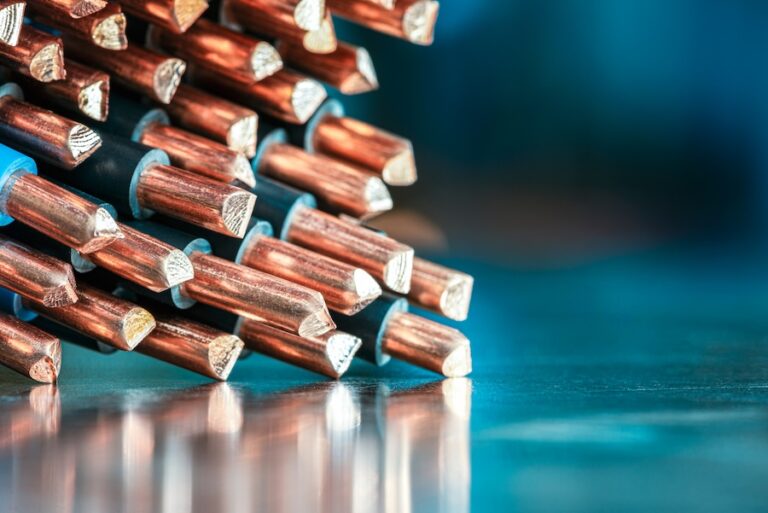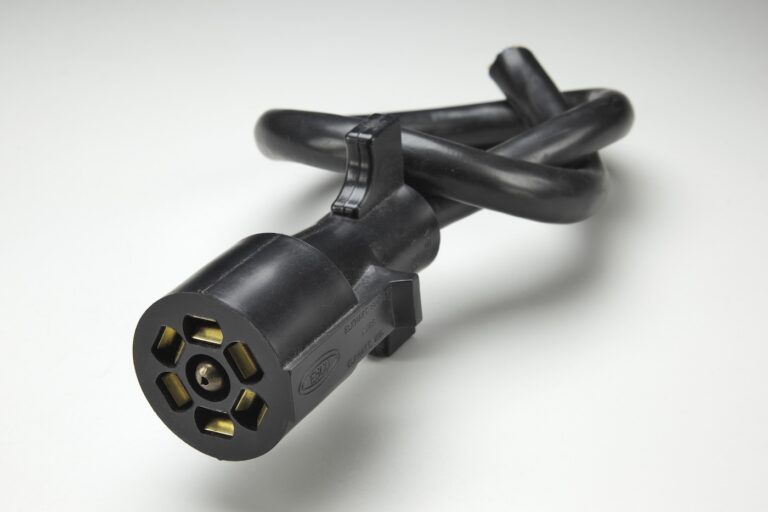Ampacity is crucial in industrial wiring to ensure safe and efficient electrical systems. Let’s explore what ampacity is, how it affects cable selection, and why it matters in industrial settings.
WHAT IS AMPACITY?
Ampacity refers to the maximum current (measured in amperes or simply amps) that an insulated conductor can safely carry without exceeding its insulation and jacket temperature limitations. As current flows through a conductor, it generates heat. This heat must dissipate into the environment; otherwise, the cable’s temperature would rise above safe operating limits, leading to deterioration and potential failure.
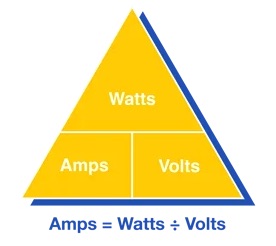
Temperature Ratings
The ampacity of a cable should equal or exceed the maximum current it will carry during its service life without surpassing its temperature rating. The temperature rating depends on the heat resistance of the insulation and jacket materials. Common conductor temperature ratings include 90°C, 150°C and 200°C, but some special-purpose wires can handle temperatures as high as 1,200°C1.
Derating Factors
Several factors impact ampacity, including ambient temperatures and the number of current-carrying conductors. Here are key considerations:
- Ambient Temperature: The rate at which heat dissipates depends on the installation environment. Heat radiates out of the cable less effectively as the ambient temperature rises. To ensure we do not exceed the cable’s temperature rating, a correction factor is applied to the ampacity rating. As the ambient temperature rises, correction factors reduce the cable ampacity value.
- Number of Conductors: More conductors in an enclosed space can lead to a higher ambient temperature environment. Derating compensates for this increase in heat. If more than three current-carrying conductors are in a raceway or cable, the ampacity ratings must be derated according to NEC requirements.
Industrial Example
An industrial automation application requires a 12 conductor, 16 AWG control cable. The chosen cable has a maximum conductor temperature rating of 90°C. Using NEC Table 310.16, the allowable ampacity for a 16 AWG cable with three current-carrying conductors is 18 amps. However, the cable for this application uses 12 conductors, which requires the application of a correction factor per NEC Table 310.15(C)(1) of 0.50, reducing the allowable ampacity to 9 amps.
To take this a step further, assume the ambient temperature of this application is 47°C. Using the Ambient Temperature Correction Factors from NEC Table 310.15(B)(1)(1), a correction factor of 0.82 is applied, reducing the ampacity to 7.38 amps.
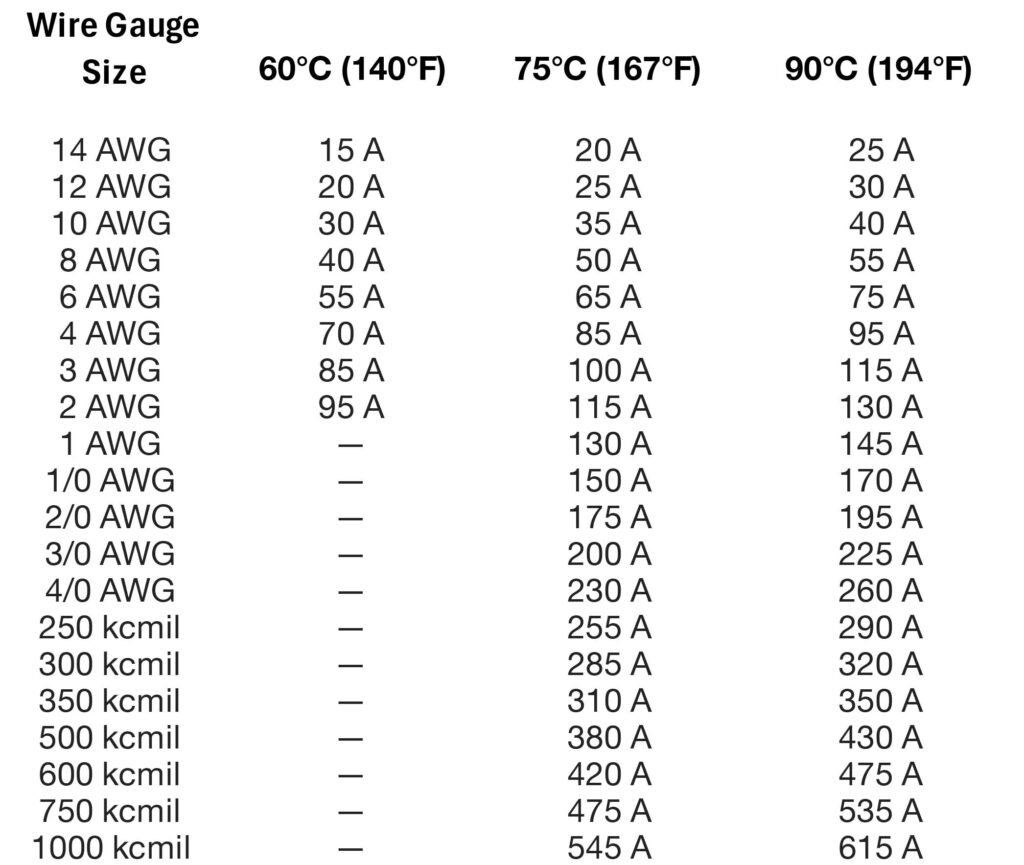
F.A.Q – What is the minimum circuit ampacity?
Minimum Circuit Ampacity (MCA) refers to the minimum size a conductor (wire) must be to safely handle the amount of current (amperes) drawn by electrical equipment. It’s essential to ensure that the conductors can handle the load without overheating. However, it’s important to note that MCA represents the minimum capacity required, not necessarily the actual current that will flow through the equipment. When sizing conductors based on MCA, we ensure that they can handle the specified current without exceeding their ampacity.
For example, if an HVAC unit has an MCA of 14.9 amps, using 14-gauge copper wire would be sufficient. If the MCA is 15.1 amps, we’d increase to 12-gauge wire. Always check the equipment’s nameplate for the MCA value and select conductors accordingly to avoid oversizing.
Conclusion
In industrial applications, ampacity impacts wire sizing, equipment selection, and adherence to electrical codes. By understanding ampacity, engineers, and electricians can design robust systems that withstand the demands of heavy machinery and high voltages. So, next time you select cables for an industrial project, keep ampacity in mind—it’s the lifeline of your electrical infrastructure!

























